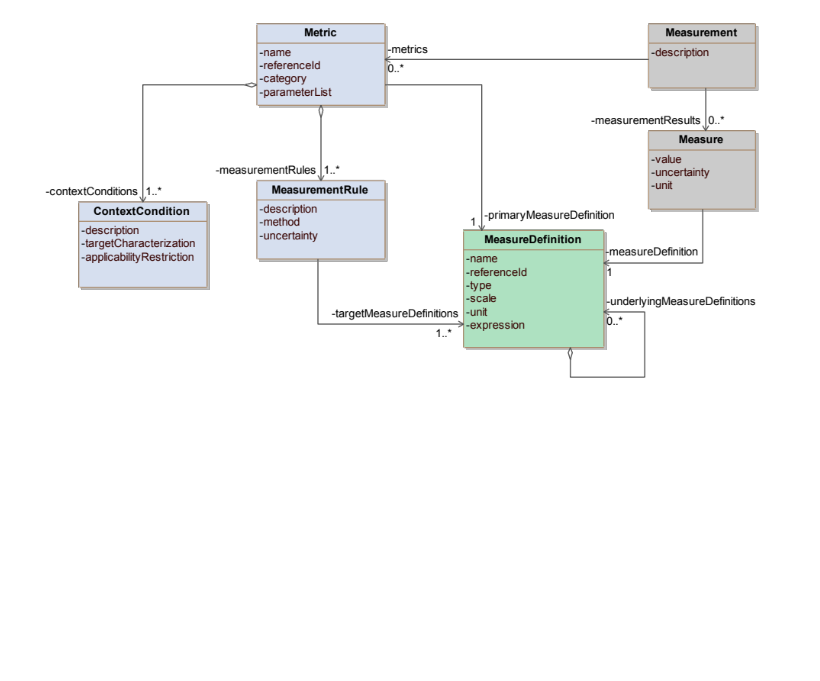
Figure A-6 NIST Metrics Model : Object diagram
| Created: | 5/10/2022 1:03:58 PM |
| Modified: | 5/10/2022 1:21:14 PM |
 Project: Project: |
|
 Advanced: Advanced: |
<font color="#29313b"><b>Overview of the NIST Cloud Computing Metrics </b></font><br/><font color="#29313b">NIST RATAX-CloudServiceMetricsDescription-DRAFT-V2.3d9 </font><a href="file://http://collaborate.nist.gov/twiki-cloud-computing/pub/CloudComputing/RATax_CloudMetrics_WAs_Docs/RATAX-CloudServiceMetricsDescription-DRAFT-v2-3d9.pdf"><font color="#0000ff"><u>http://collaborate.nist.gov/twiki-cloud-computing/pub/CloudComputing/RATax_CloudMetrics_WAs_Docs/RATAX-CloudServiceMetricsDescription-DRAFT-v2-3d9.pdf</u></font></a><br/><font color="#29313b">The NIST Metrics model defines terms and concepts which can be represented by Templates which can be used to formally define metrics for cloud computing.</font><br/><font color="#29313b">The Model does not assume the availability of an underlying Structured model for the system being measured. As such the binding of the Metrics to real world entities and entity types is informal.</font><br/><font color="#29313b">The following terms are defined for the NIST Cloud Computing Metrics model.</font><br/><font color="#29313b"><b>Measure (noun)</b></font><br/><font color="#29313b">Value that expresses a qualitative or quantitative assessment of a property of an entity. Is produced as result of a Measurement and is conforming to a Measure Definition.</font><br/><font color="#29313b">Note: The definition above is based on the definition of Measure in ISO/IEC 15939:2007. As a result of concerns regarding alignment with other Metric models, which use the term Measure for the abstract definition of the process of measuring, the NIST Metrics WG is considering changing this term to "Measurement Result".</font><br/><font color="#29313b"><b>Measure Definition</b></font><br/><font color="#29313b">A definition of the Measure(s) produced in assessing a property of an entity</font><br/><font color="#29313b"><b>Measurement</b></font><br/><font color="#29313b">Set of operations having the object of determining a Measure</font><br/><font color="#29313b">Note: Based on the definition of Measurement in ISO/IEC 15939:2007. As a result of concerns regarding alignment with other Metric models, the NIST Metrics WG is considering removing this class from the Model, since the semantics are captured by the combination of the Metric and the Measurement Definition concepts.</font><br/><font color="#29313b"><b>Metric</b></font><br/><font color="#29313b">A standard of Measurement for a particular Measure Definition, which defines the conditions and the rules for performing the Measurement.</font><br/><font color="#29313b">A metric can be understood as a standard set of procedures and rules for generating values for its associated measure definition. </font><br/><font color="#29313b">Stakeholders define the scenario of use for a metric. The scenario represents the expectations of an underlying business or operational process (e.g. SLA or Operation) and how the metric will be used to assist such process, what range of values represent acceptable performances of the measured cloud service properties. The scenario also defines the way the metric will be applied – what Cloud resource or service is being measured, under which conditions is the metric evaluation triggered, frequency of the evaluation, etc. </font><br/><font color="#29313b">The metrics define the cloud service properties to be measured, their related measure definitions, parameters, formulas and constraints (measurement rules, context conditions).</font><br/><font color="#29313b">Typically, a metric is based on a primary measure definition, but may involve other secondary – or underlying – measure definitions, that are subordinate to the primary – i.e. are used by the definition of the primary measure. The measures define the measurement results of the properties observed.</font><br/><font color="#29313b">The UML class diagram for the NIST metrics model is shown in Figure A-6</font><br/>